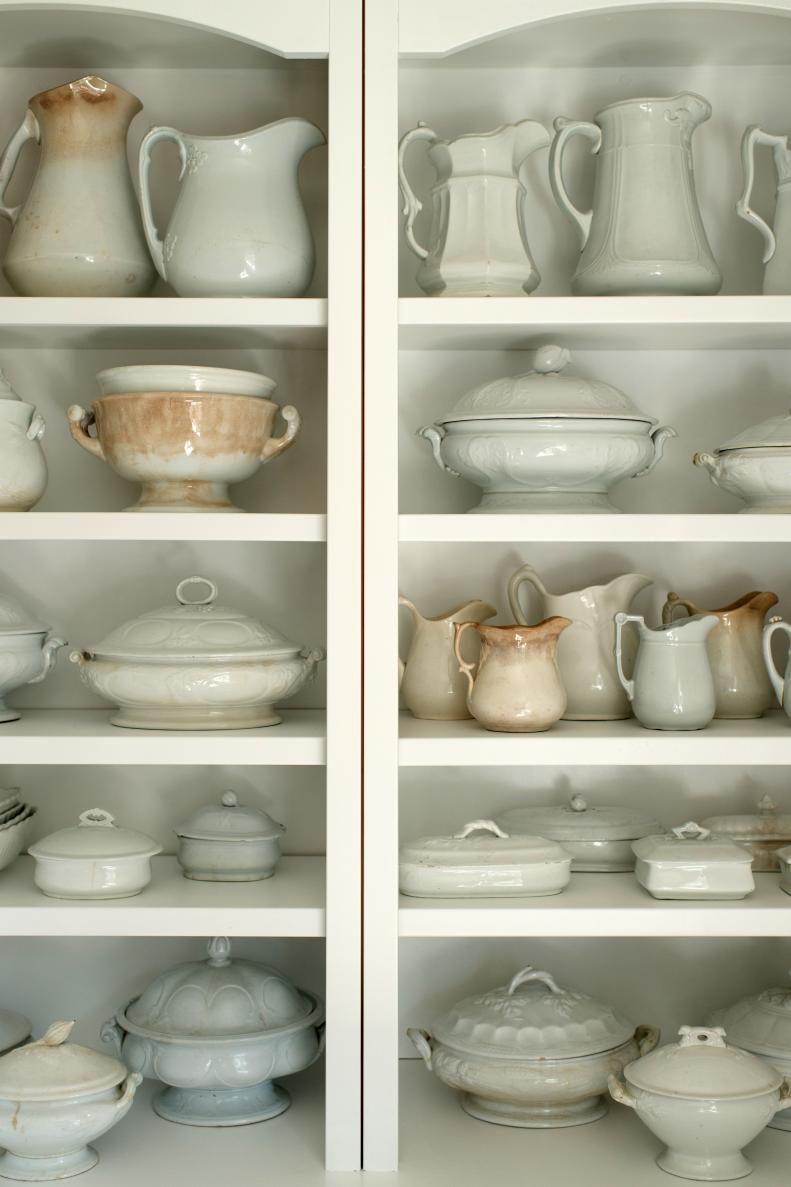1 / 10
Photo: Marian Parsons
What Is Ironstone?
Ironstone china is a glaze-covered earthenware that was first patented by Charles James Mason in 1813 and other manufacturers followed suit. At one point, there were almost 200 makers of ironstone china and they made everything from plates and bowls to tureens, covered casseroles, pitchers, gravy boats and even chamber pots. Most pieces come from England, France and the United States. Although, ironstone's popularity has come in waves, this durable dishware has remained a favorite among antique collectors for decades.










